Scribble Town (ST): Pictures as big as streets that depict the wows and wonders of the imagination. In that sense, Eric Maruscak, makes the impossible possible…and all with chalk!

Chalk art of a Pool at July Fest. By Eric Maruscak.
Eric Maruscak (EM): My name is Eric Maruscak, I am a life-long artist. My styles range through illustration, both traditional and digital, to cartooning, comic strips and the like. However, I am mostly known for my giant chalk art murals that I create at conventions across the United States, often of various pop culture themes including comic books, video games, and anime characters.
ST: Eric, where are you and what are you up to these days?
EM: I am located in Upstate New York, but I travel all across the United States for appearances. I’ve done chalk murals everywhere from Chicago, Dallas, and Seattle, to LA, Philadelphia, New York City, San Diego and more. I create art for various companies that want to highlight a property – a new book, video game, movie, TV show… etc – as live performance art mostly at pop culture conventions, often taking up to 30 hours to complete.
I also work as an illustrator for all sorts of freelance jobs. I specialize in cartoon style work, but do everything from concept art to sequential story telling.
ST: Your ability to draw realistically is unbelievable! How long have you been working at this talent? Who are your mentors, personal cheerleaders and biggest fans?
EM: When I was young, both of my older brothers AND my dad all drew. I was impressed by what they could do, so I set out to be like them. I started by copying everything I could, newspaper comics, Norman Rockwell drawings, and the like. Over time, I got very good at copying, so I took the next step and started working from my imagination. All of my family encouraged me greatly in my pursuit to be a better artist. I also specifically remember Mrs. Hall, the art teacher in my elementary school who encouraged me greatly along the way.
ST: How do you get the vision for your characters? I can sense that Robot Smith, your Iron Worker, has quite a big personality. Where did this guy come from in your imagination?

“Robot Smith” – Digital Illustration (unfinished) by Eric Maruscak
EM: Images come from several different sources. Sometimes it is from seeing something that already exists, then my mind naturally begins to play with it, wondering how it would look if I took it in a different direction. Sometimes it comes from shape building. I love to sketch freely, just letting forms and contours happen naturally, then looking into those forms to find things. It is amazing what will emerge. Other times, especially when I am tired or near sleep, full, complete images will pop into my minds eye like a flash bulb going off. From that point on it is all work to get as close to that complete image I saw so instantaneously.
The Iron Worker was one of those that popped into my head rather quickly. I had an image of an old fashioned, turn-of-the-centry type steel working, but then my brain played one of it’s usual tricks and I saw him working on some sort of high-tech, futuristic machinery. From there, it was all about capturing that old-time feel.
I’ve always had a love for science fiction and fantasy stories, movies, novels…. etc. All of those bring something to the table when I create new artwork. But reading is one of the best things to train your mind. Read an authors description, then try to bring that to life as a drawing while being as true as possible to the details the author provided.
ST: As for your recent work- I’m guessing you are a huge Star Wars fan! What are some other movies, games, or characters you really like that end up being a theme for you?
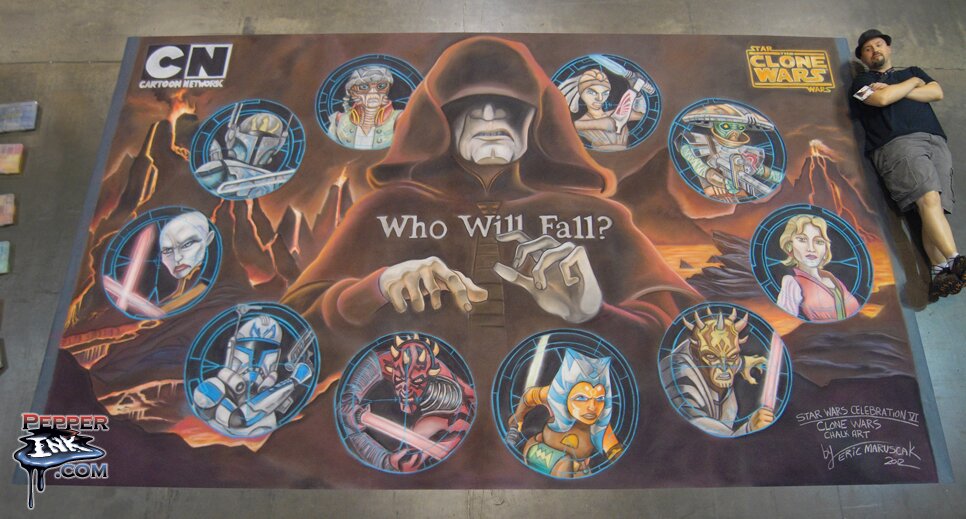
“Star Wars: The Clone Wars – Season V Chalk Art” – Star Wars Celebration VI, Orlando Florida, 2012
EM: I am a child of the 70′s and 80′s, so a lot of classics still play at the drive-in theater in my mind. Star Wars is clearly the biggest influence on me, as it was with many people. But movies like “The Black Hole” from Disney, or “Flash Gordon” were very influential on me when I was growing up. I am a fan of the weird and cult films, things like all of the Godzilla movies, or “Big Trouble in Little China”, horror films with EXCELLENT design like “Alien” to the original movie version of “Dune” which, to me, is still incredibly under-rated for the world it created and the place it took you. I find I can watch that movie endlessly for some reason, dated special effects and all.
I loved looking through the Dungeons and Dragons manuals when I was young. I never played the game much, but poured over the pages looking at the fantastic artwork. Dragon magazine was another that high-lighted some of the best fantasy artists working at the time.
I’ve also ALWAYS played video games, and naturally been drawn to the graphics even more than gameplay experiences. I owned everything from a Commodore 64 (where I played “Maniac Mansion” from Lucasfilm over and over” to game systems from Atari, Colecovision, Nintendo, Playstation, Xbox and on. The games that have influenced me over all of these years are too numerous to mention, but I still game to this day playing Skyrim, Bioshock Infinite, and more.
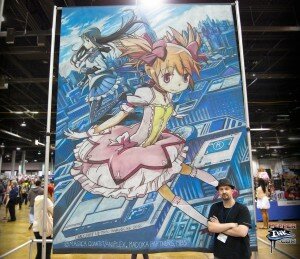
“Madoka Magika Chalk Mural” – Anime Central, Rosemont, Il. 2012. Eric Maruscak.
ST: Do you separate between your children’s artwork from your adult artwork? I can see a difference in style and content. Perhaps you can tell a bit about your different types of pictures and artworks.
EM: It is hard sometimes. I feel like I tend to skew old in everything I do, and maybe… sometimes…. go a little too far when the art is intended for a younger audience. But I think back on what it was like being one of those kids (and pride myself on having not forgotten the feeling), and one thing that always caught my attention, and kept it, was not being “talked down too.” I think the best artwork (and movies, stories, you name it) for kids are the ones that work for adults as well, and don’t play down to their audience. And that is the trick, that is the balancing act that has to be maintained when drawing for youth and adult audiences. I’ll readily admit I miss that line some times, but I try to keep my children’s work something that an adult would enjoy looking at as well. Obviously certain techniques in the level of detail, the “cuteness”, if you will, of the characters, the simplicity of the story or concept I am conveying, all come into play when thinking about a younger audience. Then I step past that and push more adult techniques into the mix, and I find that is when the work really comes to life.
A lof of my younger work involves my cartoons. They naturally lend themselves to younger audiences. And, of course, when I teach my chalk art classes I definitely simplify the techniques and make it much more about having fun with the artwork as it will keep their very short attention spans engaged longer that way. And as the age range goes up, I can increase the level of technique involved, layer on more detail and complex concepts…. but like I said before, I am as guilty as any artist of missing that line and maybe aiming to “old” sometimes.

“Wolverine: Joe Maduriera Tribute Art” – Upstate NY Art Festival
ST: What is your process for getting your work out of your head- do you sketch with pencil, paint, computer graphics, etc. ? I suppose for the chalk art- nature will take over and wash it away with the rain.
EM: I almost always sketch very small first. Thumbnail work is key in my process to creating images. Often it is on scraps of paper as well, I guess it is a way of tricking myself into feeling like the drawing isn’t as important if the paper is scrap, that way I have a lot less pressure and my style is looser. Once the thumbnail (or many is drawn) I will go to a more involved drawing based on the original sketch, changing things (hopefully for the better) as I go. If it is a detailed piece of art, I will work from photo references in certain parts to keep it as accurate as I can, but my natural style leans toward exaggeration, so I try not to sweat the small details too much. It is more about keep the energy up in the drawing, making it feel fresh, and not getting so bogged down in my lines or details that the drawing feels like it becomes static and loses all sense of movement.
Often, I’ll scan the drawing into my computer at some point in the process and continue working digitally from there, either in Photoshop or Corel Painter. I love the freedom a computer allows to experiment, and rework, but those can be downsides too if you don’t keep your focus on what you are trying to achieve. Too many possibilities lead you to get off track way too easily, so maintaining focus on your ultimate goal with the art is key. I’ll often ink the work digitally, then do digital color work as well to get to the final piece.
If chalk art is involved, finishing the drawing is only the beginning. At that point I will create a small grid on the art, then draw out a large grid on the big paper (or directly on pavement if it is an outdoor piece) and get to work re-drawing the artwork in it’s enlarged form. That is right, if I am creating chalk art I end up drawing the entire thing TWICE…. it is the only way. Once the outline on the paper (or pavement) is done, the rest of the rendering and coloring happens live at the event while people watch. Sometimes I am working with 40, 50, 60 thousand people or more moving past the artwork while I draw. I do my best to ignore the pressure that comes with that, and simply do my best and recreating the piece as accurately as possible, right down to the smallest detail.

“3D Chalk Art Hole” – Upstate New York Art Festival
ST: When you are creating these days what kind of music are you listening to? Or what is your studio environment like?
EM: I listen to all sorts of things, and often play on shuffle as I like the musical styles to vary as time passes. I have always described my musical tastes as HIGHLY eclectic, meaning that I simply enjoy songs much more than follow artists. There are a few I will buy everything they release, They Might Be Giants being one of them. But then I can range from Metallica, to show tunes, to Weird Al Yankovic, to Ben Folds, to orchestral movie soundtracks, to the Beatles, to Gorillaz, to Hall and Oats, to Iron Maiden, to Muse, to….. well, you get the idea.
My studio is still a work in progress as I bought a house a little while ago, and there is still much work to get it in order. My art studio is currently my computer and drawing table space, but none of the full size chalk artwork is done here. I will draw and the drafting table, and work digitally in the computer space, but if large chalk art is required, I literally have to rearrange the furniture in my living room to make space to work on it, and I can still only unroll about half of the art at any one time. This means that I actually never see the full sketch of a chalk art mural all at once until I actually get to a show.
ST: Your chalk art is absolutely amazing! I’m sure you have many great stories because you, at times, draw out in the open. People probably stare in awe. Is there a story that sticks out in your head? What’s the biggest chalk art piece you’ve ever done and how long did it take?
EM: The largest piece I have ever done was around 16 feet wide by 14 feet tall at it’s largest dimensions. They average around 9 feet wide by 13 feet tall most of the time, and will often take over 30 hours to complete (the largest one I mentioned clocked in near 40 hours over 4 days). I’ve had all sorts of things happen while working in public, with people often not paying attention and walking over the artwork (even if it is blocked off), I’ve had coffee spilled on one, kids run out onto others, even intentional vandalism at one of my outdoor pieces. I have to be very zen about all of it, breathe deep, fix what damaged parts I can and move on to finish the piece on time. The outdoor ones you especially have to disconnect yourself from as you know it will be gone once it rains.

“Hulk Street Art” – Italian Festival Street Painting Fair, Endicott, NY 2008
Once I was at a show, and this guys started moving around my mural, filming the art on a video camera. He was running around it like a wild man, filming from different angles and acting generally weird. Then he got down really close to me to film and slapped his hand down on the art. This was an indoor piece on paper, and the paper can actually be very fragile and rip easily so I quickly said “Be careful…” I think that was all I got out before the guy dramatically whipped his hand away, looked at it like he had touched something poisonous, then stood up, kept filming and quickly moved away in the same odd manner he had been acting the whole time.
I continued working, and it wasn’t until a few minutes later that one of the convention goers came up to me and said… do you know who that was? I thought they meant did I know him personally so I said no I didn’t and then they told me that was Thomas Jane, the actor. I had no idea at the time, and to this day I still have no idea why he was acting like that. But I smile at the thought that I told The Punisher not to touch my art.
ST: Great story! Keep smiling  Any tips on that?
Any tips on that?
EM: I mentioned above about drawing shapes and looking into them… that is actually something I teach in my art classes called “The Scribble Technique”.
ST: To read more about it have a look at The Scribble Shop Blog. Thanks Eric and we’ll look out for your next masterpiece!
![]()

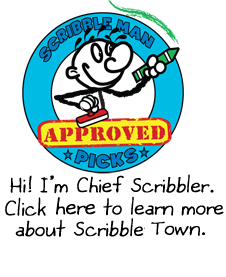
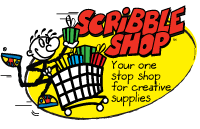























 Image via
Image via



 Image via
Image via Image
Image  Image via
Image via






 Image via
Image via 







 Image via
Image via  Image via
Image via  Image via
Image via Image via
Image via  Image via
Image via  Image via
Image via 















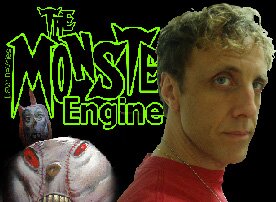
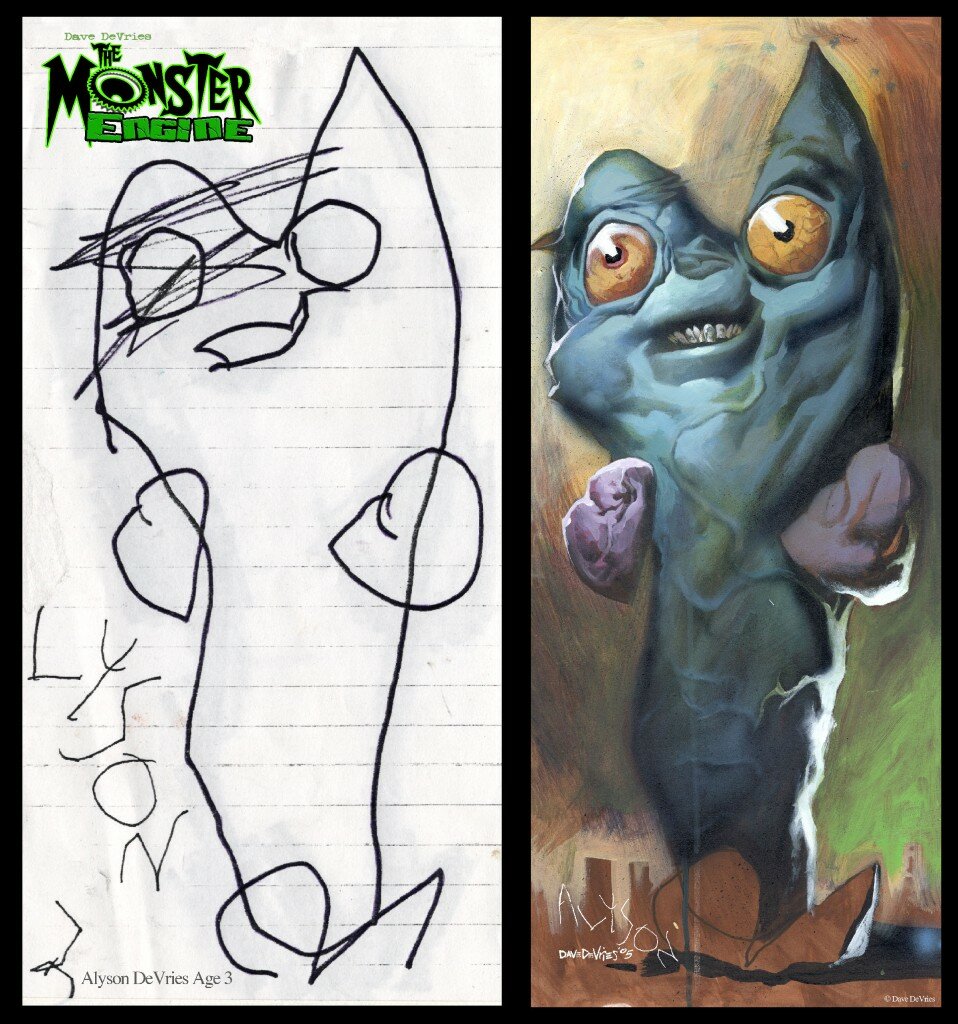
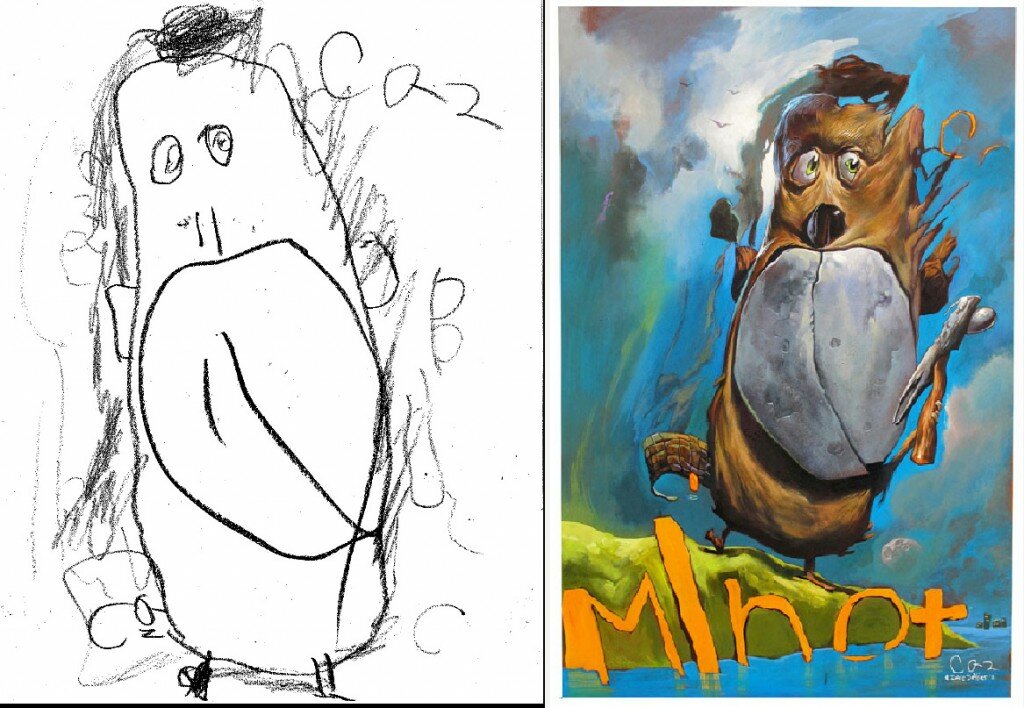
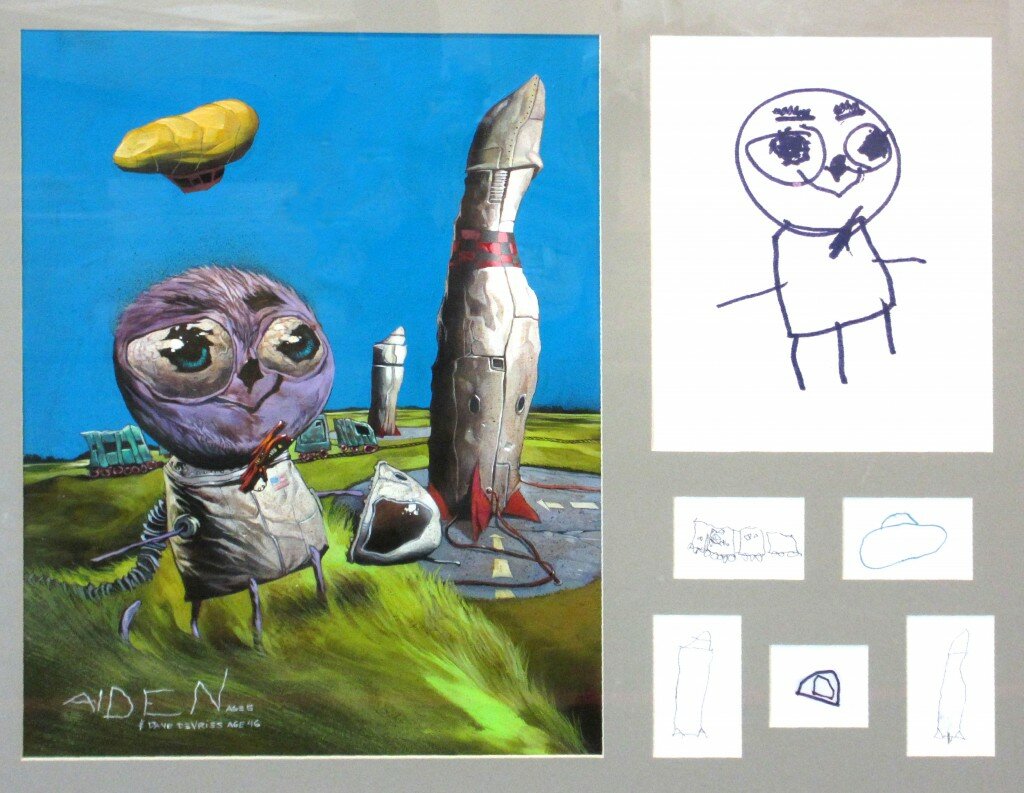


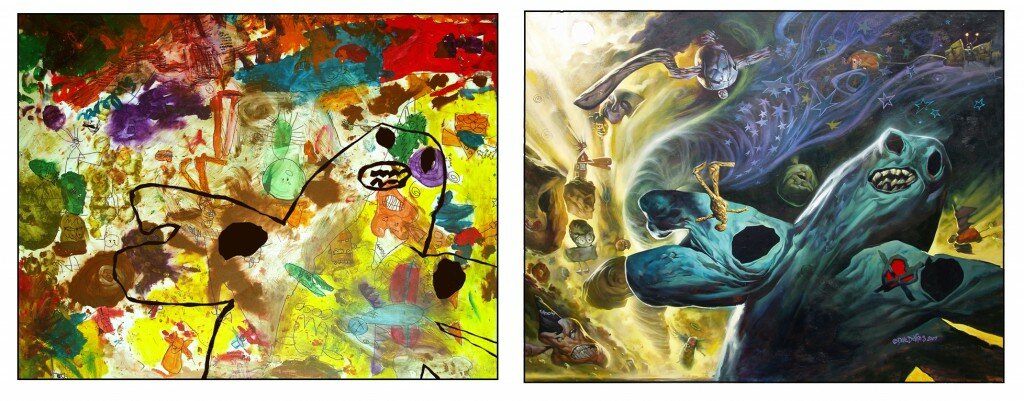












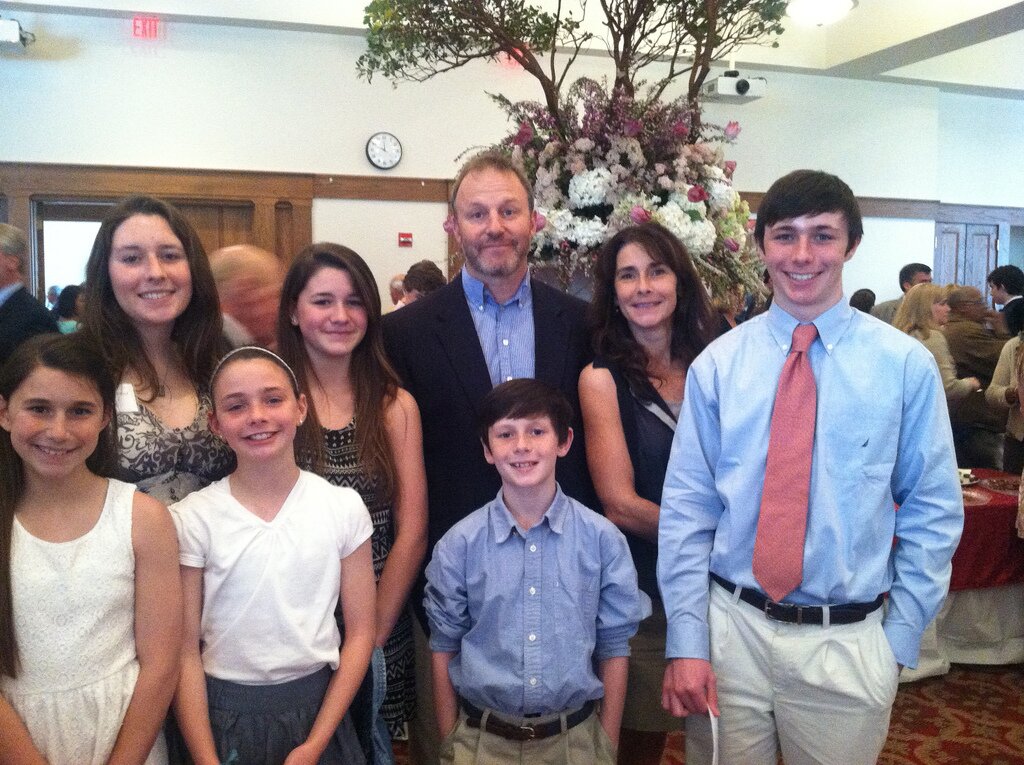











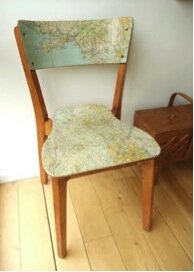










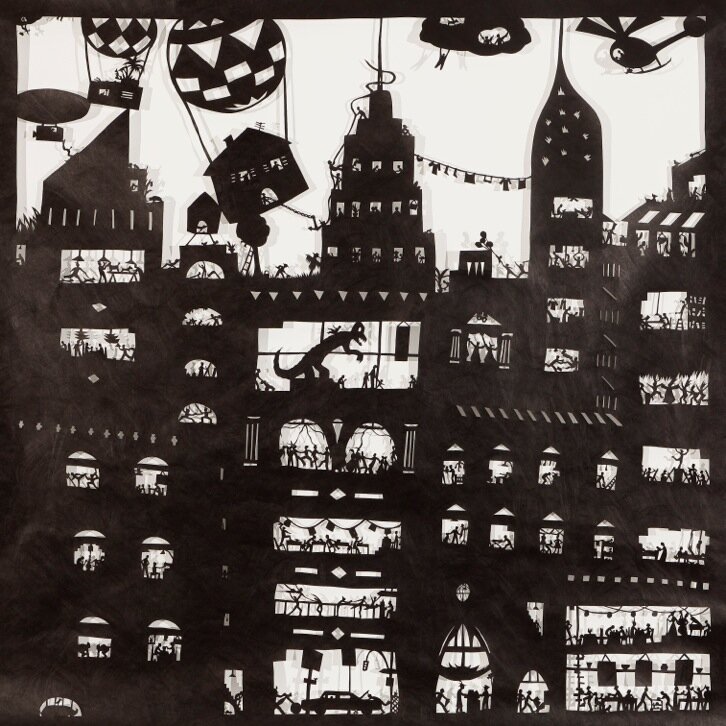



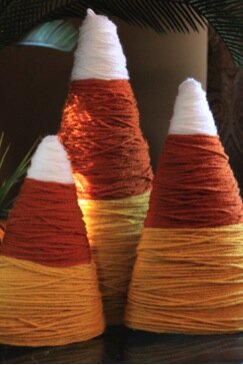






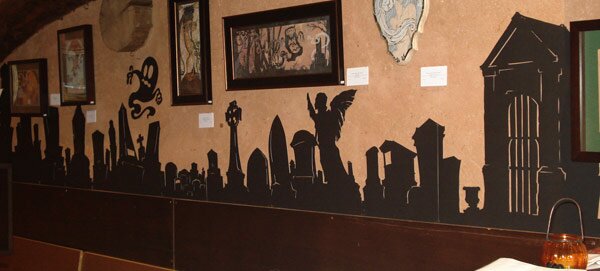
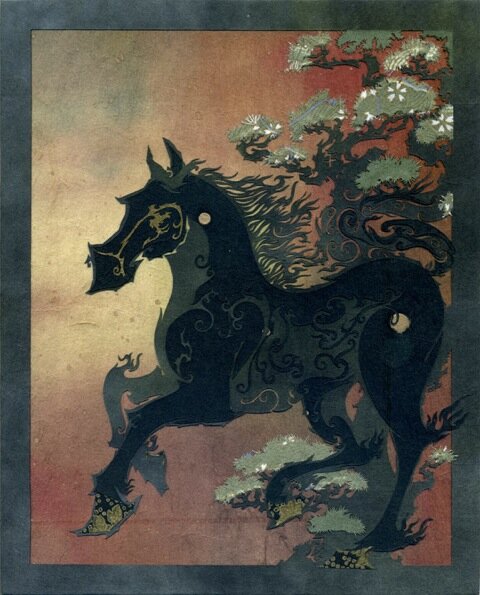

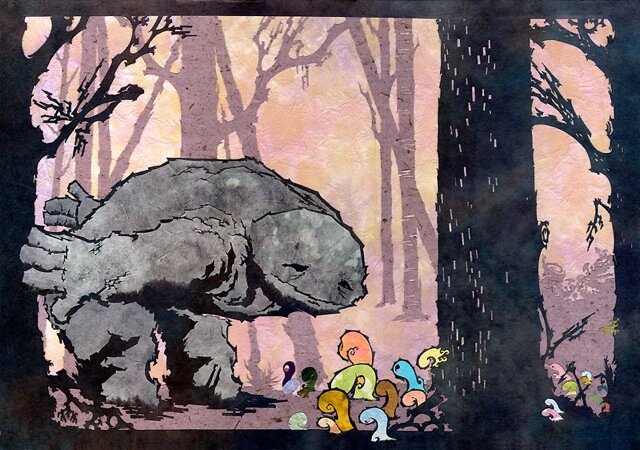
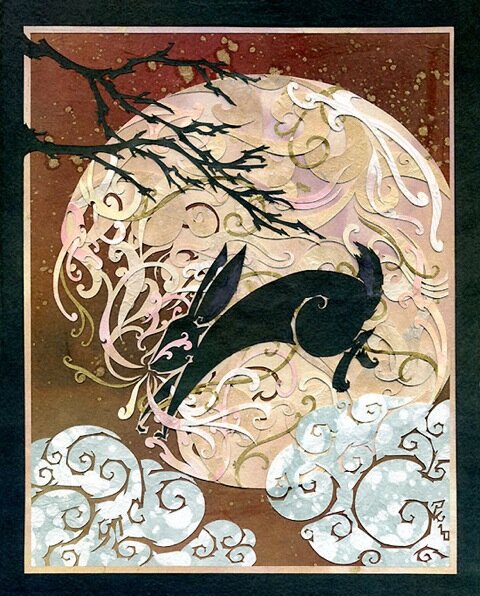
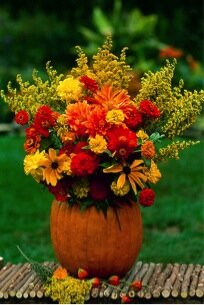
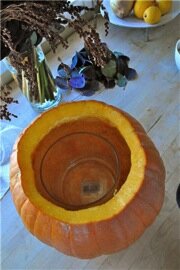


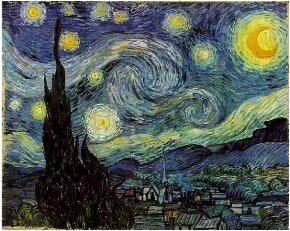




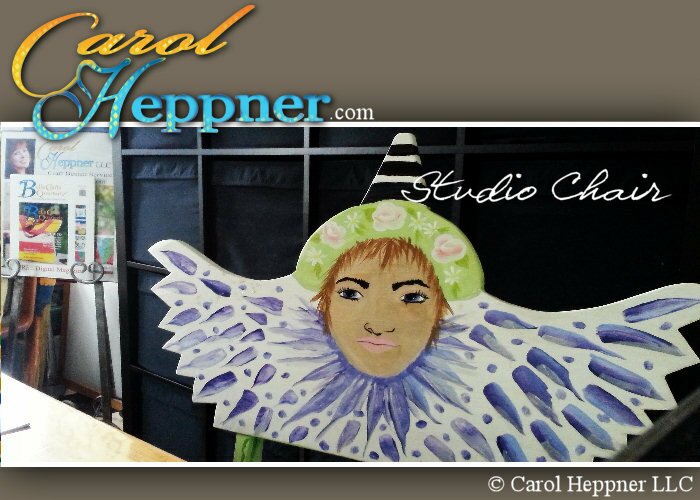




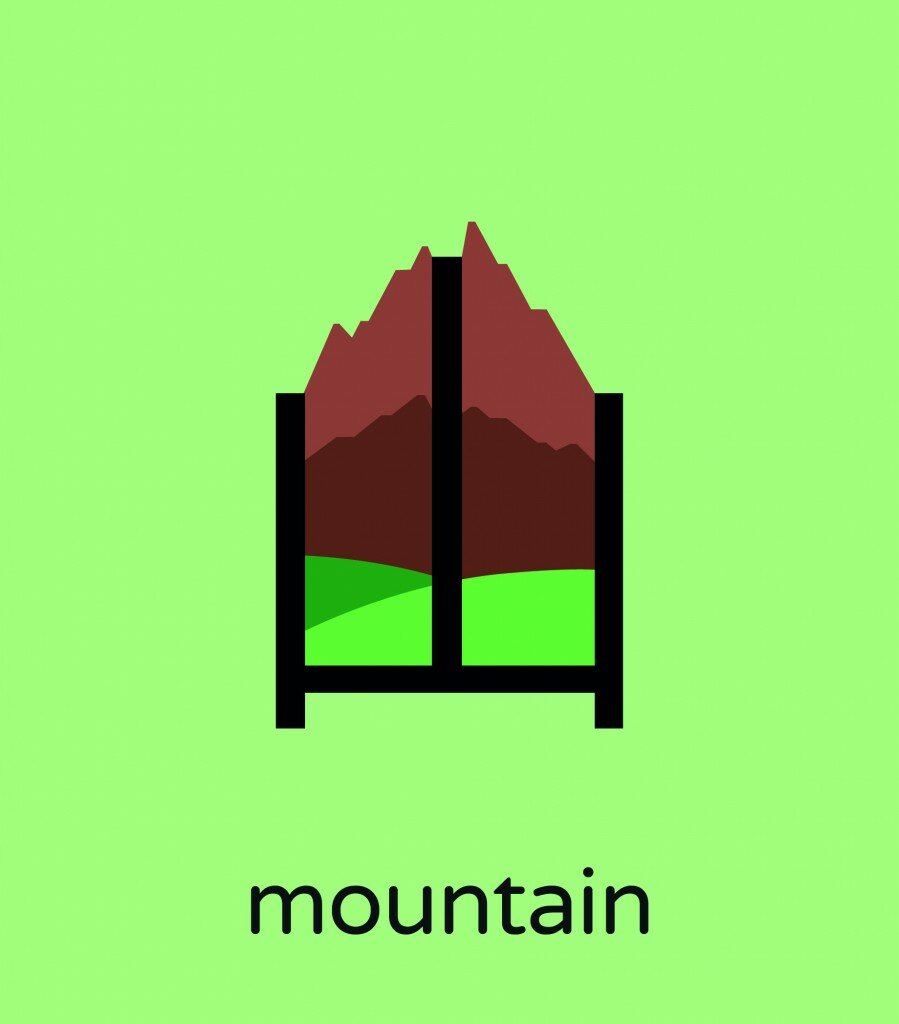
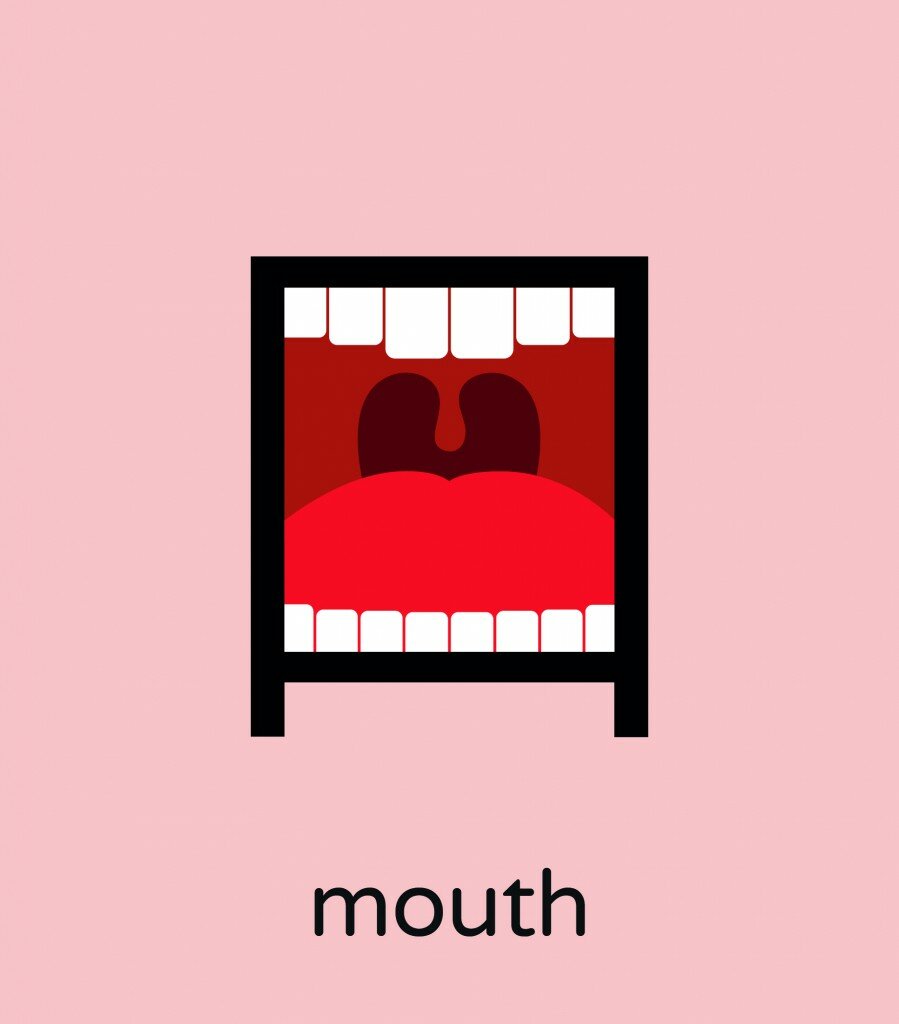
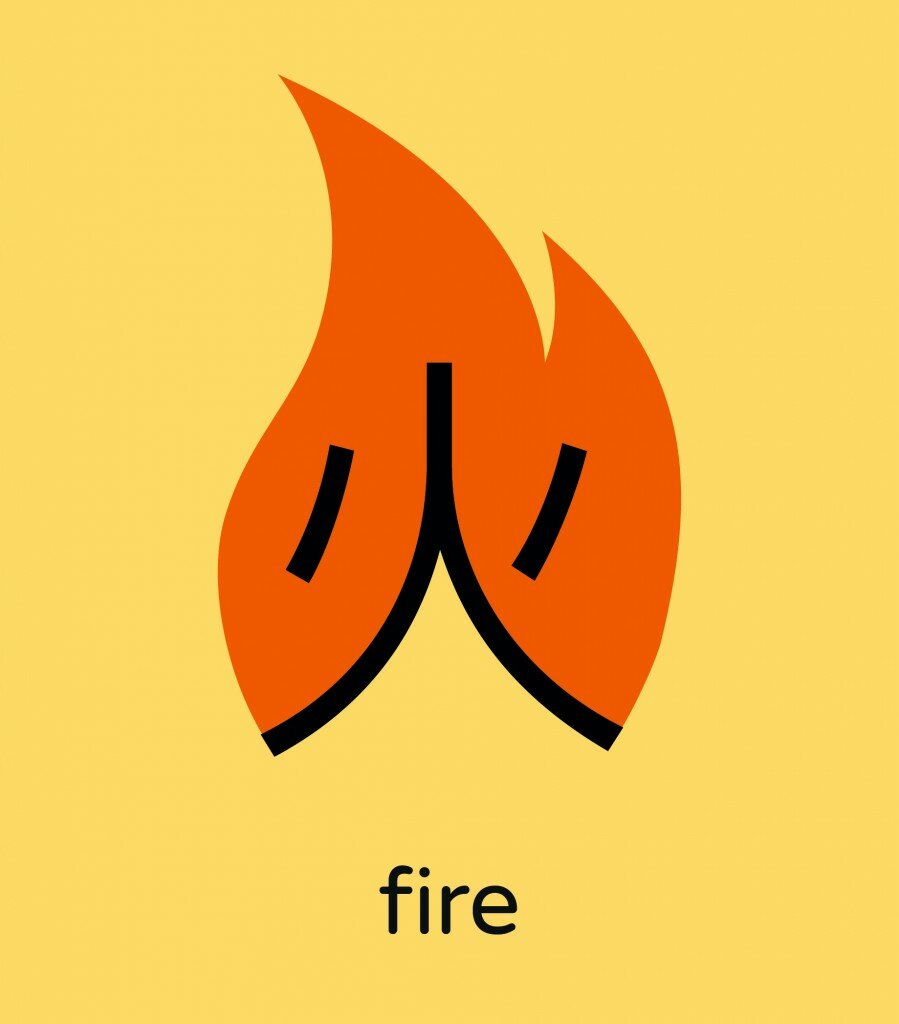
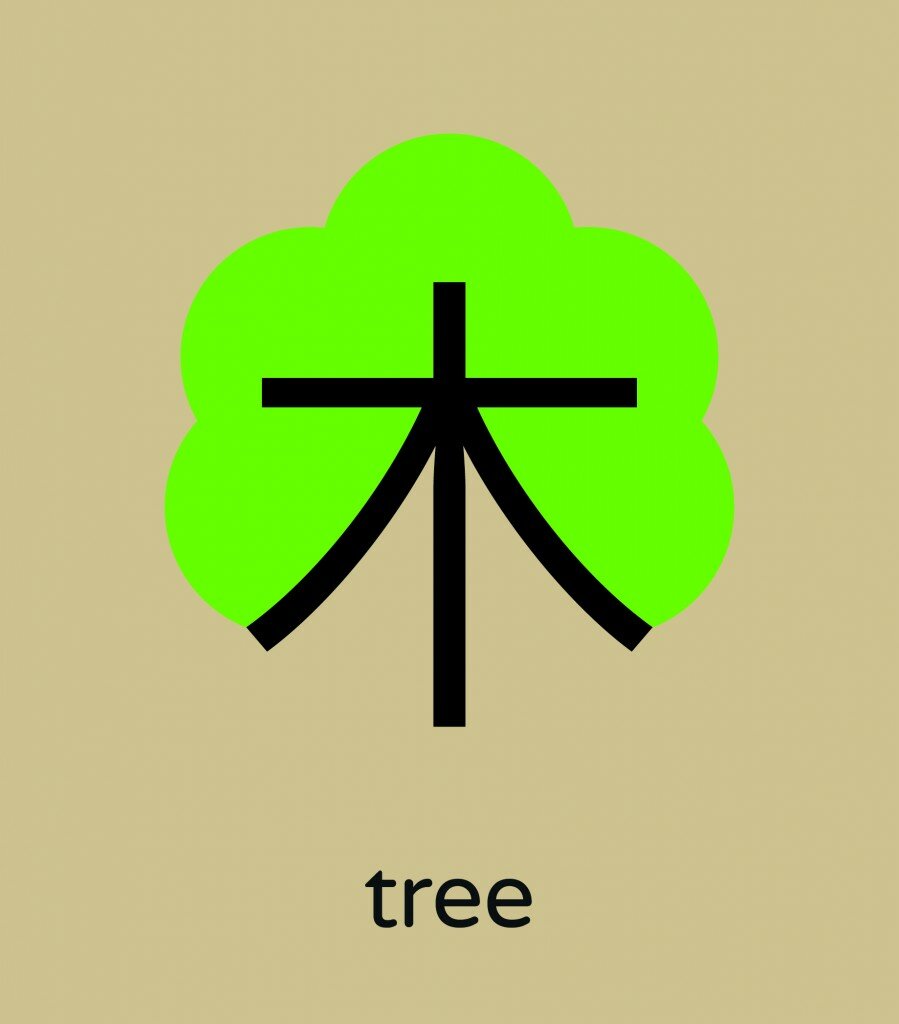

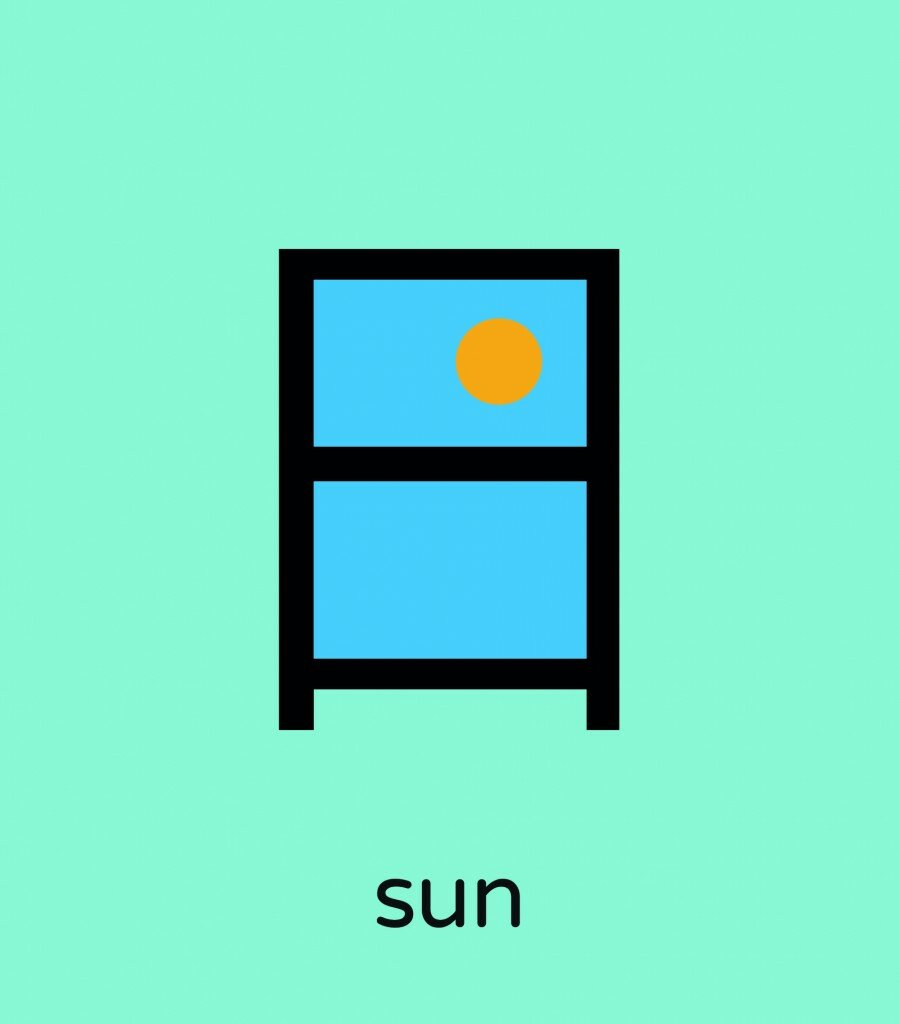

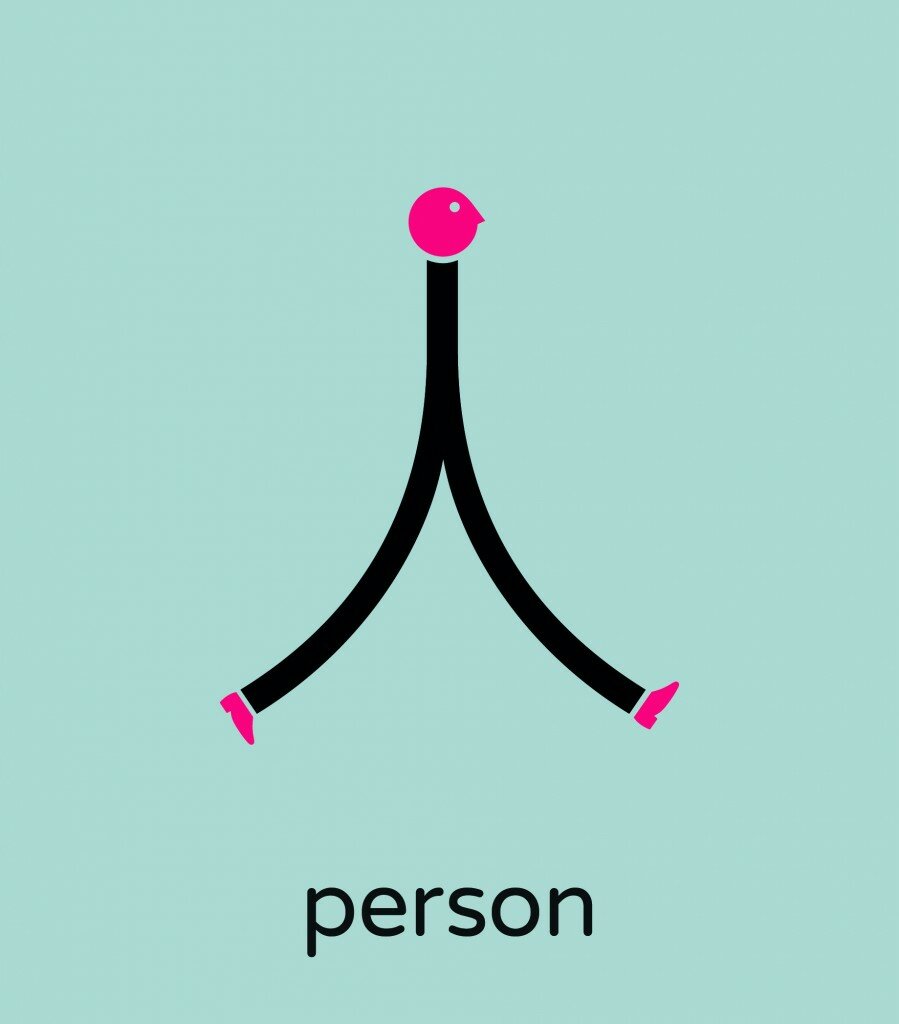
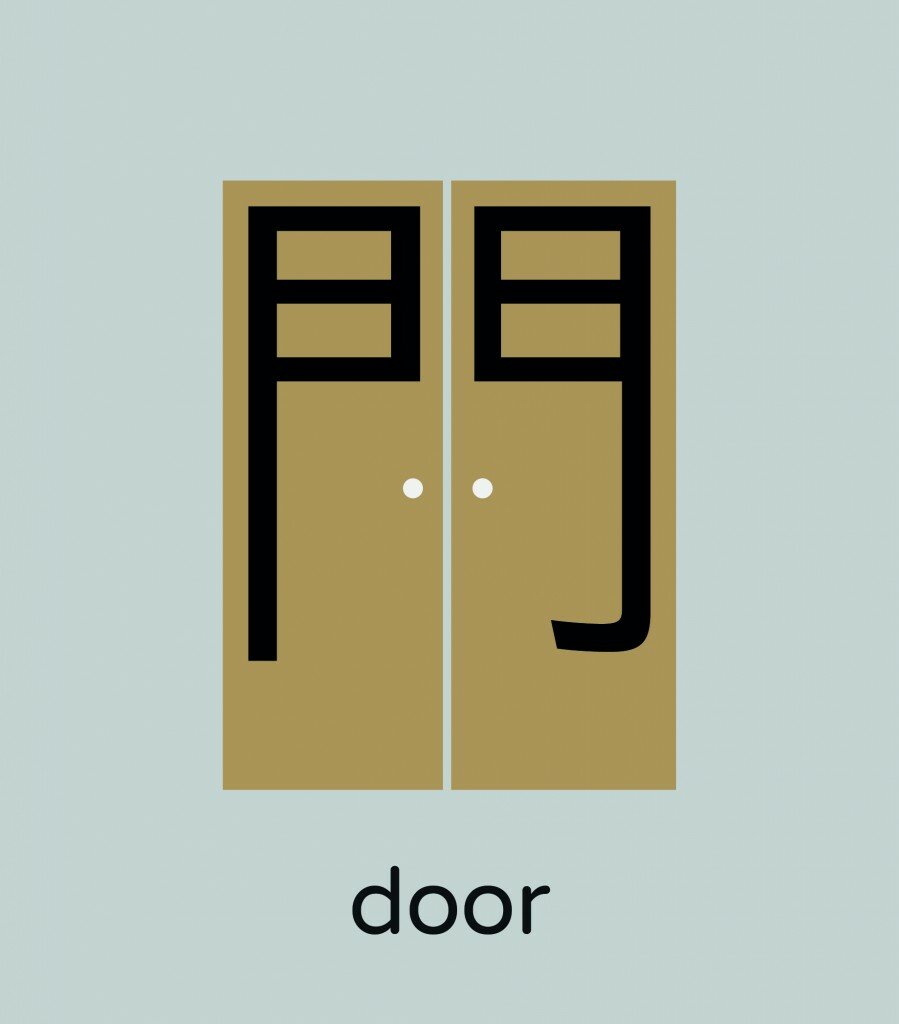

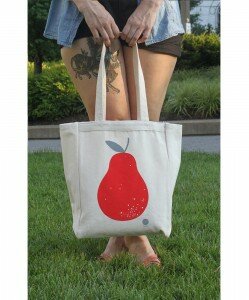


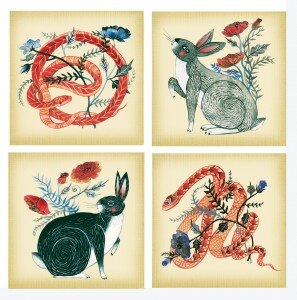
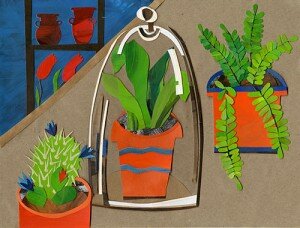

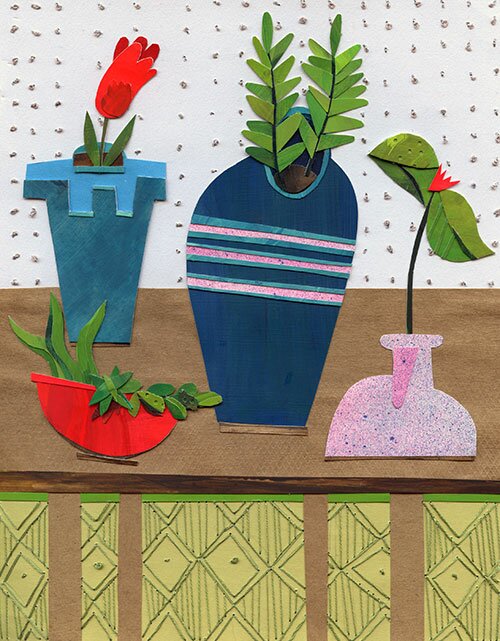








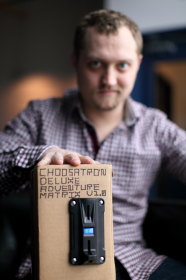
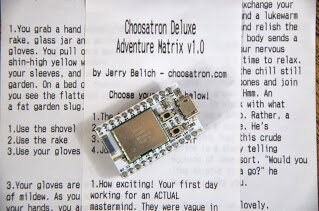








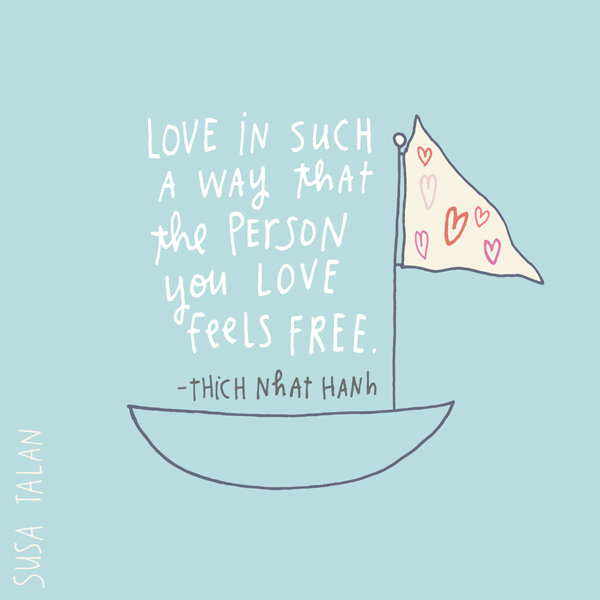
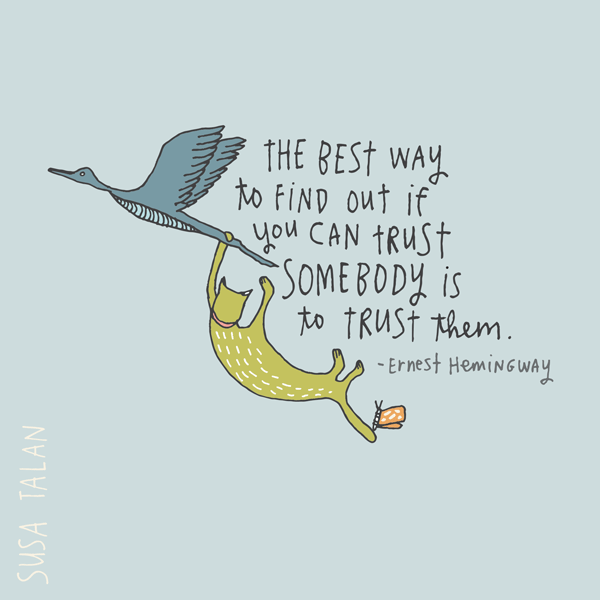


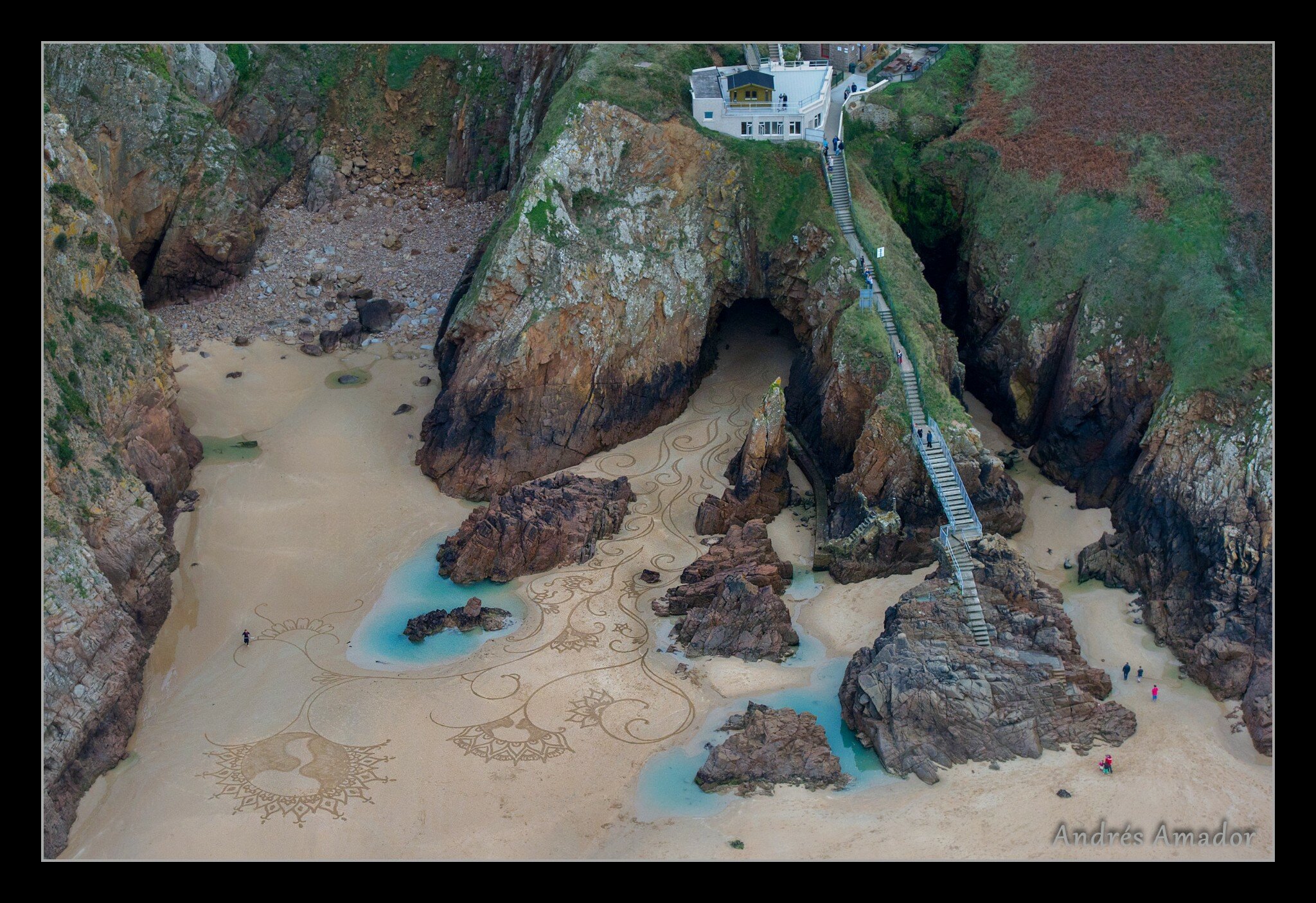





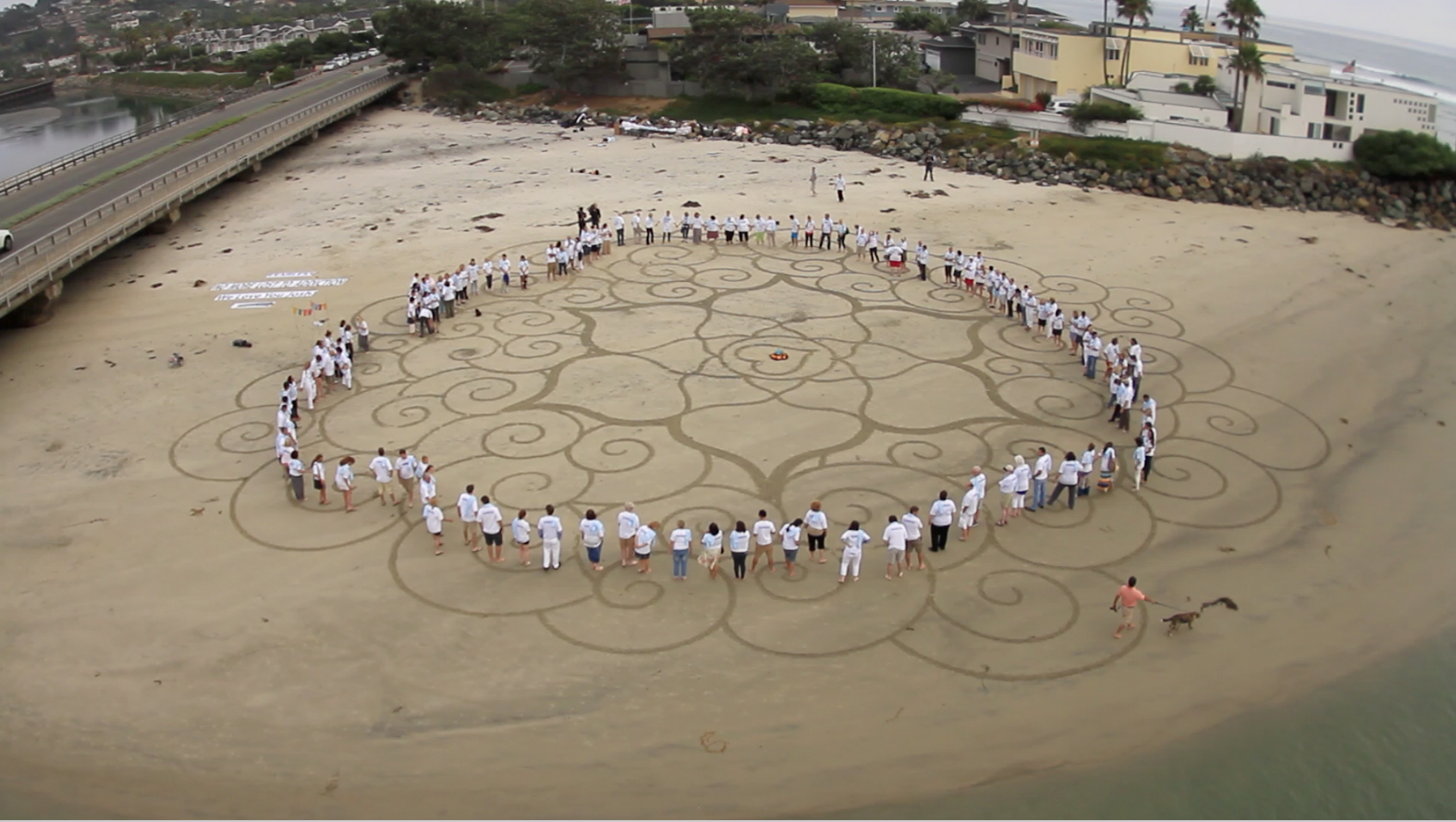





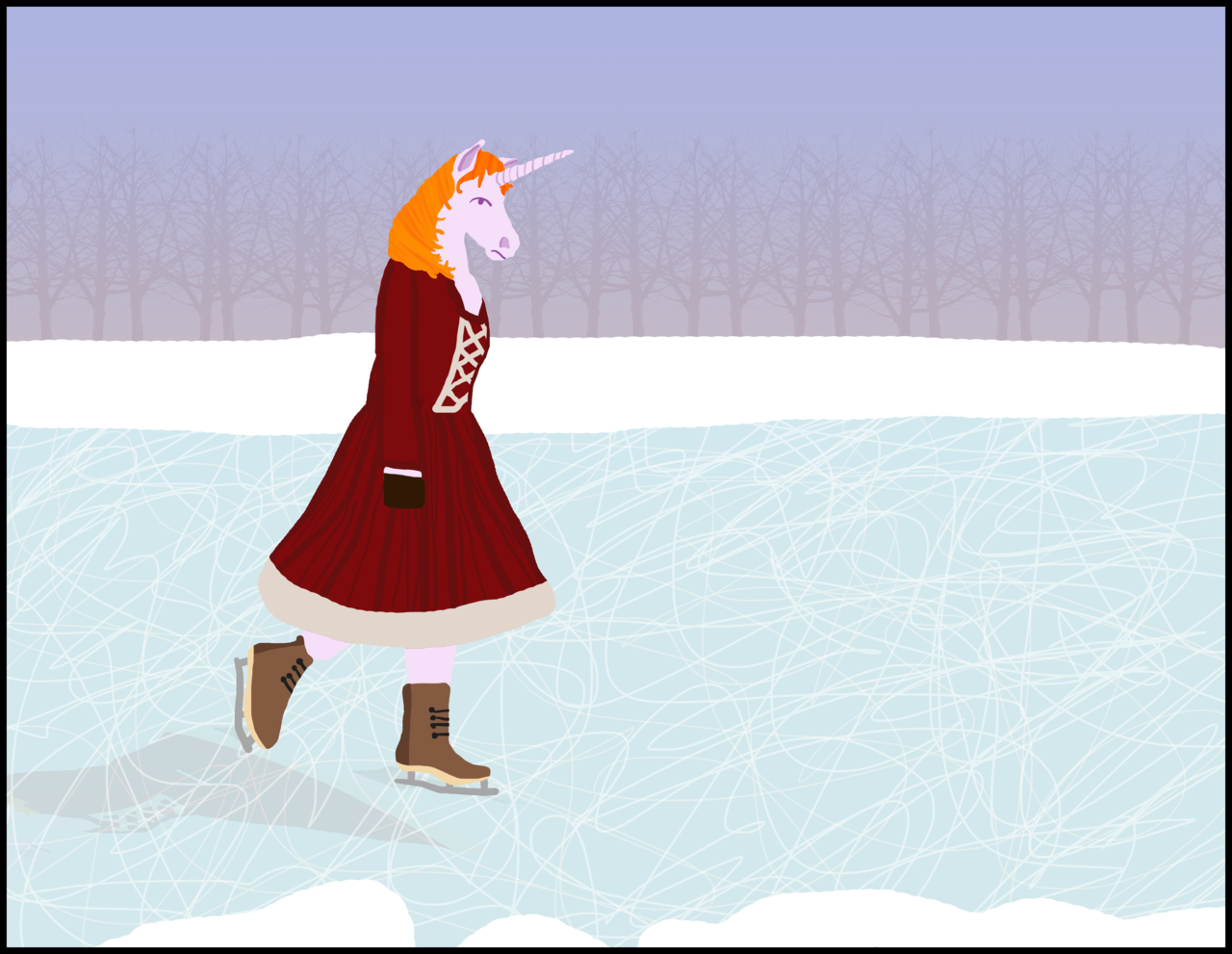







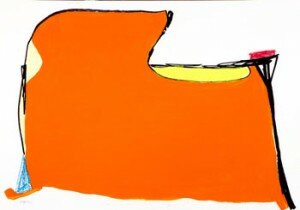
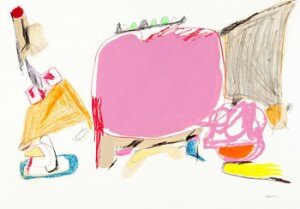
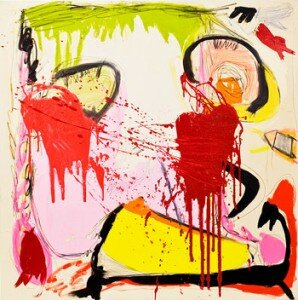
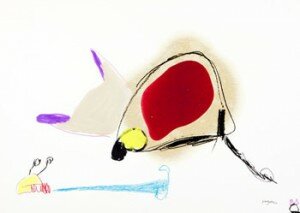
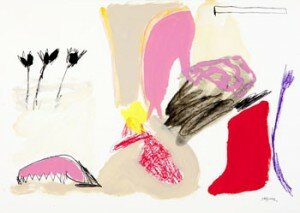
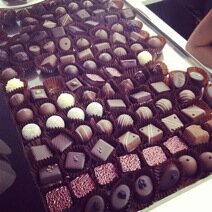

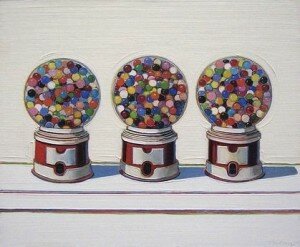 Three Machines (1963) by Wayne Thiebaud, Image:
Three Machines (1963) by Wayne Thiebaud, Image: 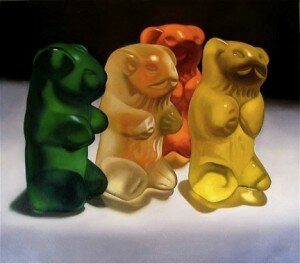 Gummi Bears (2008) by Margaret Morrison, Image: Art Fumes
Gummi Bears (2008) by Margaret Morrison, Image: Art Fumes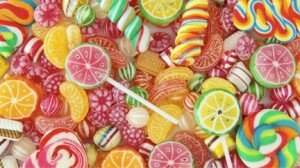 Image:
Image: